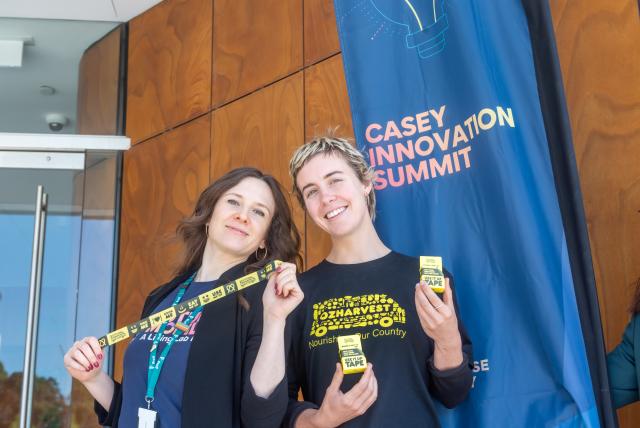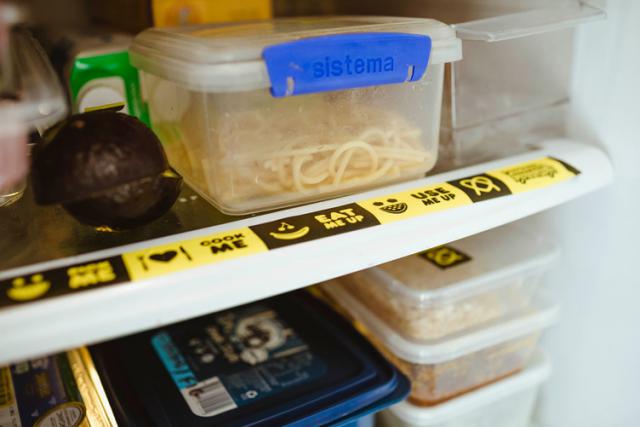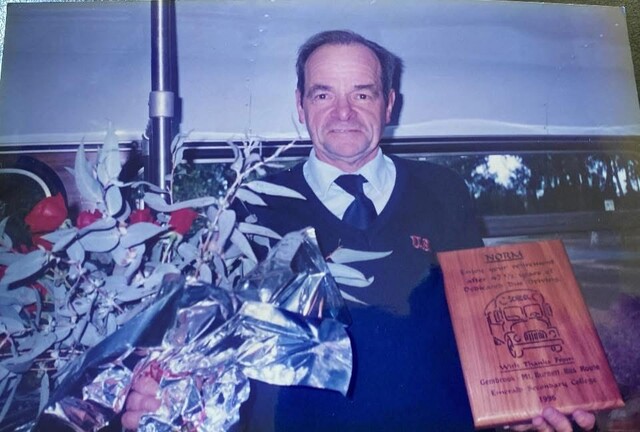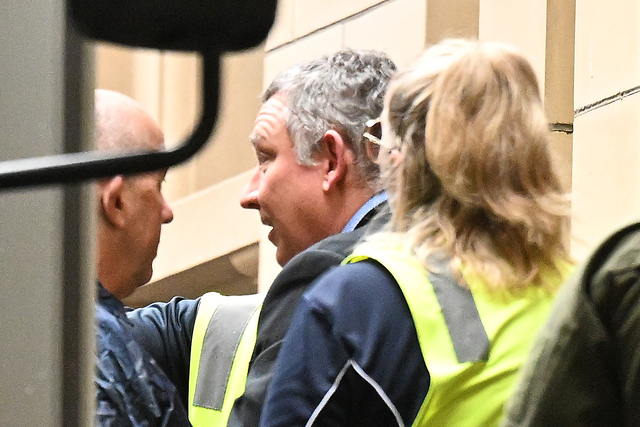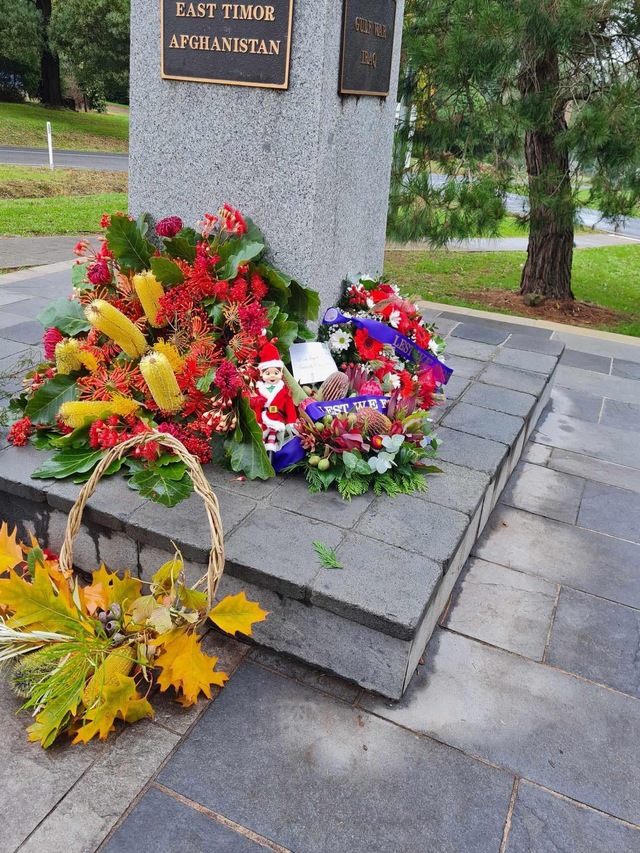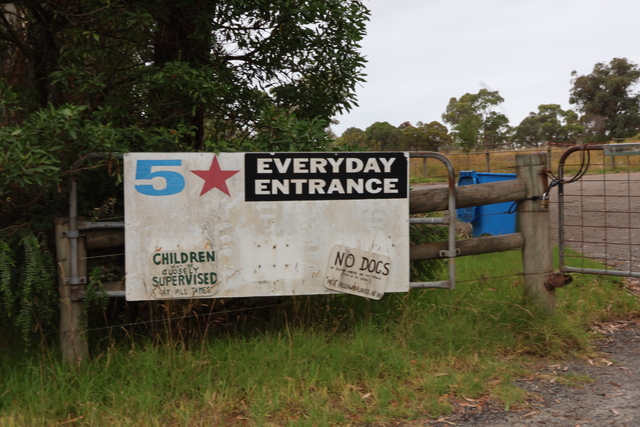It’s a recyclable paper tape, bright in yellow and black.
It is for marking out space in shelf or fridge where everything needs to be used first.
Food rescue organisation OzHarvest distributed the Use It Up tapes to 132 households in Casey to help reduce food waste in May this year, as part of a trial funded by council’s Circular Economy Living Lab Grant.
After a four-week experiment, for those who held on to the end, they reduced their food waste by an average of 84 per cent.
OzHarvest sustainability project manager Ruby Wake believed cutting food waste at home might be the future of the country.
“Over a third of food waste in Australia is from houses,” she said.
“If we want to meet Australia’s target to reduce food waste by 2030, we need to be working with households.
“We can’t rescue food from people’s homes, but we can encourage them to reduce their food waste, so that’s what this program is all about, encouraging people to waste less food at home.”
The theoretical foundation of the program was rooted in a 2021 research from Monash University that identified the most useful behaviours for people to do at home to help them waste less food.
One of them was to designate a shelf in the fridge or pantry for foods that needed to be used up.
Despite the action being relatively easy, the research found few Australian consumers had done that.
Experts suggested a weekly use-it-up meal should be the most effective behaviour in reducing food waste.
“The tape is a communication tool for everyone in the household to see everything on that shelf needs to be used first and it helps them plan what to cook first and what to eat first,” Ruby said.
“It is about embedding the habits. It’s also about having that behaviour once a week where you check everything you have.
“We’ve had that tape for circulation for a few years now. We’ve distributed [it to] almost 60,000 households in Australia.”
Another research with Monash University last year tested people’s food waste before and after using the tape, and it found that people who use the tape are reducing their food waste by an average of 40 per cent.
Ruby said the program was more than delivering tapes as people also get tips and tricks.
The organisation did a survey around Casey to hear about what residents would like to learn about food waste.
The result showed people wanted to receive really short tips and tricks, videos, emails, and some hard copy materials.
OzHarvest took the information and sent everyone a pack through the mail with recipes that use up commonly wasted ingredients, some activities, a fridge magnet and tapes.
Participants also received an email every week for four weeks that took them through different tips and tricks, little videos, and links about reducing food waste.
A Facebook group was created for anyone who wanted to join so they could share ideas together.
Ruby said a structured program as such was about making simple changes for people.
“Working with the City of Casey in this kind of experimental living lab gave us the opportunity to do the trial and see what parts of it worked,” she said.
“We will do them again with other councils across Australia.”
OzHarvest also collects and delivers food in Casey.
According to the organisation, so far in 2023, it has rescued more than 110,000 kilograms of food from 10 donors, and delivered around 210,000 kilograms to eight agencies in Casey.
If you want to order the free tape, visit events.ozharvest.org/shop/viewitem/use-it-up-tape
For more food waste information, visit ozharvest.org/food-waste-facts

